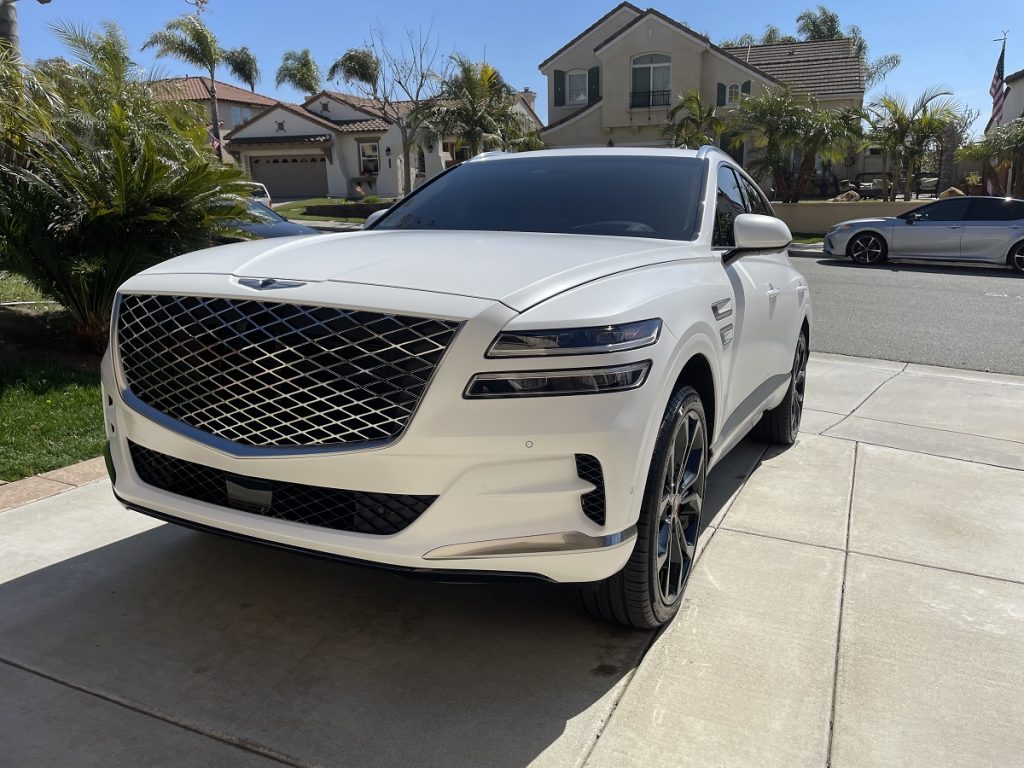Maintaining the appearance of your vehicle is essential for preserving its value and overall aesthetic appeal. Over time, the exterior paintwork of your car can become dull, scratched, or marred by swirl marks, leaving it looking less than impressive. To restore its original glory, many car enthusiasts turn to paint correction techniques. One such method is 3 stage paint correction, which goes beyond traditional detailing methods to deliver outstanding results.
In this article, by the expert detailers at Neighborhood Mobile Detailing in San Diego County, we will explore what a 3 stage paint correction entails, and its benefits, and find out whether it’s a task appropriate for DIY detailing enthusiasts.

What does a 3-stage paint correction involve?
A 3 stage paint correction is a comprehensive process that involves multiple steps to restore the paintwork of a vehicle. It is a meticulous and labor-intensive procedure that requires expertise, specialized tools, and professional-grade products.
Before commencing the correction process, a trained professional will thoroughly inspect the vehicle’s paintwork. This step helps identify imperfections, such as swirl marks, scratches, oxidation, and water spots. In addition, the vehicle’s exterior will be thoroughly cleaned and prepared. This involves washing, claying, and removing any contaminants, such as tar, bugs, or tree sap, that may have adhered to the surface.
Stage 1: Compounding
The first stage of a 3 stage paint correction process often involves compounding. Compounding is the most aggressive step and is used to remove deeper imperfections, such as scratches, swirl marks, and oxidation. A cutting compound is applied to the paintwork using a machine polisher equipped with a cutting pad. This combination helps to level the surface by removing a thin layer of the clear coat, effectively eliminating imperfections. Compounding is generally the most time-consuming and labor-intensive stage of the process.
Stage 2: Polishing / Refinement
After the compounding stage, the next step is polishing. Polishing helps to refine the paintwork further, remove any remaining imperfections, and enhance the gloss and clarity of the paint. A less abrasive polish is used, along with a softer polishing pad, to achieve a smoother finish. This stage helps to restore the depth and vibrancy of the paint, providing a more reflective and glossy appearance.
Stage 3: Finishing
The final stage of a 3 stage paint correction process involves a final polish to refine the surface even further, leaving a showroom-like finish. Detailers will then apply a protective sealant or wax to the corrected paintwork. This step helps to lock in the restored finish and provide a protective barrier against environmental contaminants, UV rays, and other potential sources of damage. The finishing stage enhances the shine, depth, and longevity of the corrected paintwork, giving it a smooth and reflective surface.
It’s important to note that the number of stages may vary, and some professionals may use different terminology or techniques. The goal of a paint correction process, regardless of the number of stages, is to restore and enhance the appearance of the paintwork, resulting in a flawless and visually appealing finish.
What are the main benefits of a 3-stage paint correction service?
A 3 stage paint correction offers several advantages over traditional detailing methods, including:
Enhanced Appearance
The primary goal of a paint correction is to restore the original shine and clarity of the vehicle’s paintwork. A 3 stage paint correction achieves this by effectively eliminating imperfections, resulting in a flawless and showroom-like finish.
Increased Value
A well-maintained vehicle with flawless paintwork holds its value better than one with visible imperfections. By investing in a 3 stage paint correction service, you can preserve your car’s resale value and make it more appealing to potential buyers.

Protection
The correction process not only improves the visual appeal but also provides a protective layer on the paintwork. The sealant or wax applied at the final stage acts as a barrier against UV rays, dirt, and other contaminants, reducing the likelihood of future damage.
Can you do a 3 stage paint correction by yourself?
While there are many do-it-yourself detailing products available on the market, 3 stage paint correction is a highly specialized process that requires professional expertise and equipment. Achieving optimal results demands an understanding of paintwork characteristics, proper machine techniques, and product selection. Without the necessary experience, attempting a 3 stage paint correction on your own can lead to subpar results or worse, unintended damage to your vehicle’s paintwork.
Therefore, it is highly recommended to work with trained professionals who possess the knowledge, skills, and experience to perform a 3 stage paint correction properly.
Top Quality Paint Correction Services in San Diego County
If you’re looking for premium paint correction services in San Diego County, look no further than Neighborhood Mobile Detailing! Discover the quality of Neighborhood Mobile Detailing with our premium paint correction services. Let us restore your vehicle’s factory shine to perfection.
Contact us today at +1 619-848-3622 to schedule an appointment and entrust your paintwork to our expert team. Get ready to witness the transformative power of our professional paint correction techniques!

Leave a Reply